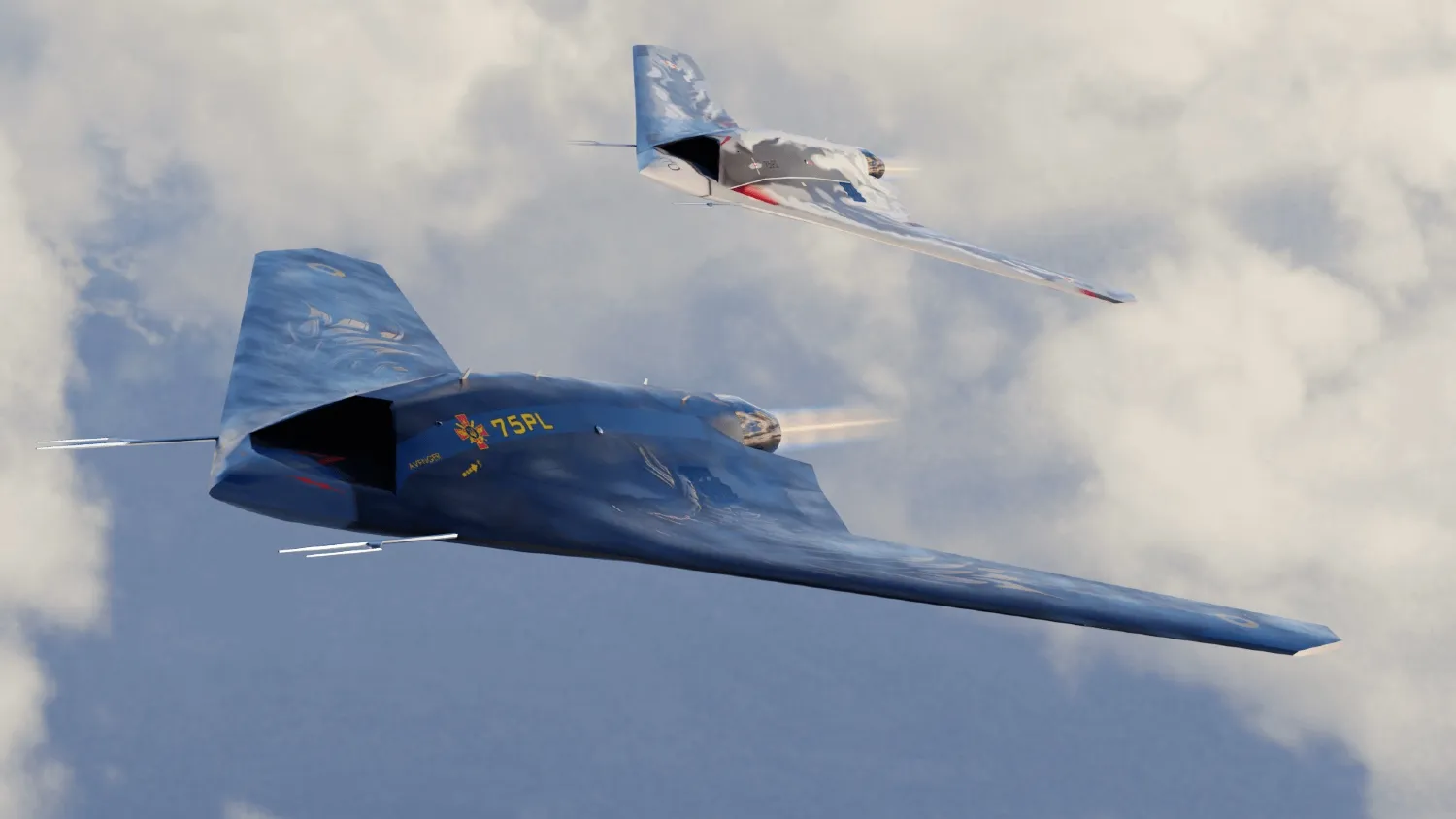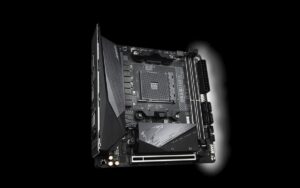
The recent crash of a Russian S-70 Okhotnik-B drone on Ukrainian territory revealed interesting details about the use of Western technology in Russian military equipment.
Despite the various sanctions imposed by the United States and the European Union against Russia since the invasion of Ukraine in 2022, the country appears to have found ways to circumvent these restrictions and keep its military systems supplied with Western electronic components. The discovery generated a new round of discussions about the effectiveness of sanctions and the mechanisms for obtaining these sensitive materials.
Also read
Russia fines Google 20 decillion dollars
Russia threatens to attack submarine internet cables and this could cause ‘network blackout’
The crash of the S-70 and the inspection by Ukraine
The S-70 Okhotnik-B drone, developed by Sukhoi, is an unmanned aerial vehicle with attack capabilities and stealth technology, supposedly designed to act as an autonomous “wingman” alongside the Su-57 fighter. With a flying wing design, similar to American stealth aircraft like the B-2, the S-70 has a wingspan of 20 meters and can carry up to a ton of ammunition.
However, the mission of this drone, which went into action in 2023, was compromised when it lost control over Ukrainian airspace and was shot down by an allied fighter to prevent it from falling into enemy hands.
Despite Russian attempts to avoid capture, the drone crashed almost intact 10 miles inside the Ukrainian border, allowing Ukrainian military experts attached to the Military Intelligence Department (GUR) to conduct a thorough inspection. The result of this inspection was revealing: the drone contained a wide range of electronic components of Western origin, all of which were prohibited by the sanctions in force.
Western chips at the heart of Russian military technology

According to reports published by the website ExtremeTech, Ukrainian intelligence found in the S-70 more than 30 components different from Western manufacturers such as Texas Instruments, Micron, STMicroelectronics, Infineon and Xilinx. These chips and microcontrollers, theoretically unavailable for purchase by Russia, perform critical functions in the drone’s electronic systems, such as flight control, communications and sensors.
The War Sanctions portal carried out a detailed survey of Western components present in Russian military equipment. According to GUR, more than 4,000 components of Western origin have been identified in at least 147 Russian devices in recent years. The existence of these components raises serious doubts about the effectiveness of the sanctions and reveals the alternative routes used by Russia to obtain them.
Although the manufacturers involved, such as Micron and Texas Instruments, claim not to have directly sold components to Russia, it is clear that intermediaries are facilitating access to the sanctioned market. These components reach Russia through countries such as China, Türkiye and Iran, which serve as “transit” channels. Beijing, for example, is one of the Kremlin’s biggest allies, providing logistical support and ensuring the entry of critical supplies despite international restrictions.
Türkiye and Iran also play important roles in obtaining sanctioned electronic components. Turkey, under the government of Recep Tayyip Erdoğan, has been ambiguous in its stance, sometimes collaborating with the West, sometimes maintaining close relations with Russia. Iran, known for also circumventing sanctions, helps transfer the necessary technology to the Russians, creating a parallel supply network.

Sanctions have little real impact for Russia
The fact that Russia is able to use such components reveals a worrying reality for countries that rely on sanctions as a way of putting pressure on Moscow. While US and European Union sanctions should limit Russia’s ability to develop and employ advanced technology, practice shows that the global market is full of intermediaries willing to profit.
The impact of sanctions, therefore, appears to be much smaller than expected, and in some cases, even counterproductive, as pointed out by experts.
The S-70 inspection also indicates Russia’s continued dependence on Western technology, a vulnerability that can be exploited but which also reinforces the complexity of global supply chains. Western powers need more effective measures to restrict Russia’s access to these critical components, perhaps seeking to more rigorously track the flow of technologies and their possible diversions.
Source: https://www.hardware.com.br/noticias/esse-drone-russo-usa-chips-de-empressas-barradas-por-sancoes-dos-eua.html


